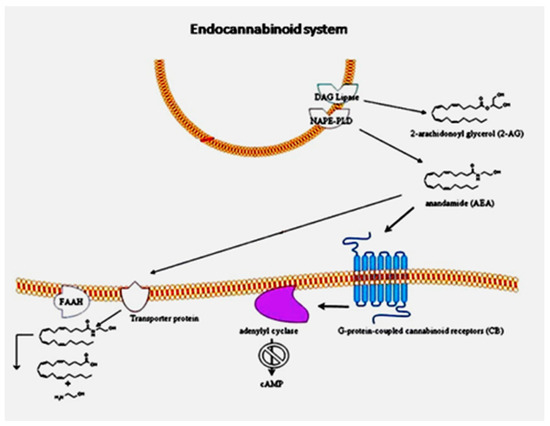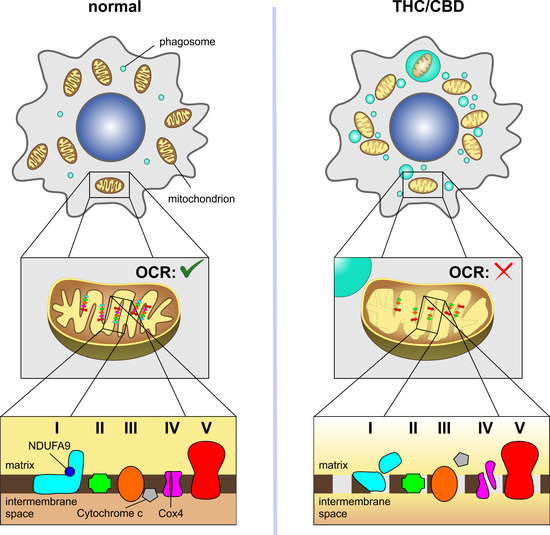
“The popularity and usage of synthetic cannabinoids (SCs) are increasing due to their easy accessibility and psychoactive effects worldwide. Studies on cannabinoids on leukemic stem cells (LSC) and hematopoietic stem cells (HSCs), which are the precursors of leukemia cells, generally depend on the natural cannabinoid delta-9-THC. As there is only a limited number of studies focusing on the results of SC applications, the reflections upon LSCs have to be clarified.
In this study, biological responses and antileukemic effects of JWH-018-one of the first produced and widely used SCs-were evaluated upon leukemia cells. Whether JWH-018 exhibited a preventive effect on both leukemic and HSCs was evaluated by presenting a therapeutic approach for the first time in the literature. Cells were analyzed in case of cell proliferation, apoptosis, and transcriptional expression profiling of some significant JAK/STAT and AKT/mTOR pathways, apoptotic, cell cycle regulation, and epigenetic chromatin remodeling-related genes following JWH-018 treatment.
In conclusion, however, further studies are still needed upon both HSCs and LSCs to illuminate the effects of SCs on leukemogenesis on chronic myeloid leukemia (CML) more clearly; we consider that the JWH-018 can provide a therapeutic effect on the pathogenesis of leukemia and particularly upon LSCs and SCs might have therapeutic potential in addition to current therapy.”
https://pubmed.ncbi.nlm.nih.gov/35834597/
https://www.liebertpub.com/doi/10.1089/can.2021.0180
“Dronabinol has preferential antileukemic activity in acute lymphoblastic and myeloid leukemia with lymphoid differentiation patterns. Our study provides rigorous data to support clinical evaluation of THC as a low-toxic therapy option in a well defined subset of acute leukemia patients.”
https://pubmed.ncbi.nlm.nih.gov/26775260/
“Cannabinoid CP55940 selectively induces apoptosis in Jurkat cells and in ex vivo T-cell acute lymphoblastic leukemia through H 2 O 2 signaling mechanism. Our findings support the use of cannabinoids as a potential treatment for T-ALL cells.”
https://pubmed.ncbi.nlm.nih.gov/32540572/
“CP 55,940 is a synthetic cannabinoid which mimics the effects of naturally occurring THC (one of the psychoactive compounds found in cannabis)” https://en.wikipedia.org/wiki/CP_55,940
“Delta9-tetrahydrocannabinol-induced apoptosis in Jurkat leukemia T cells is regulated by translocation of Bad to mitochondria. Plant-derived cannabinoids, including Delta9-tetrahydrocannabinol (THC), induce apoptosis in leukemic cells”
https://pubmed.ncbi.nlm.nih.gov/16908594/











